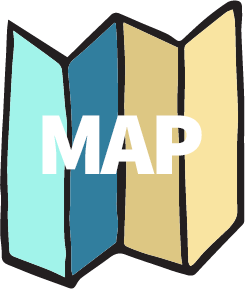If you would like to learn more about the process of designing and developing Happy Ocean, please visit my
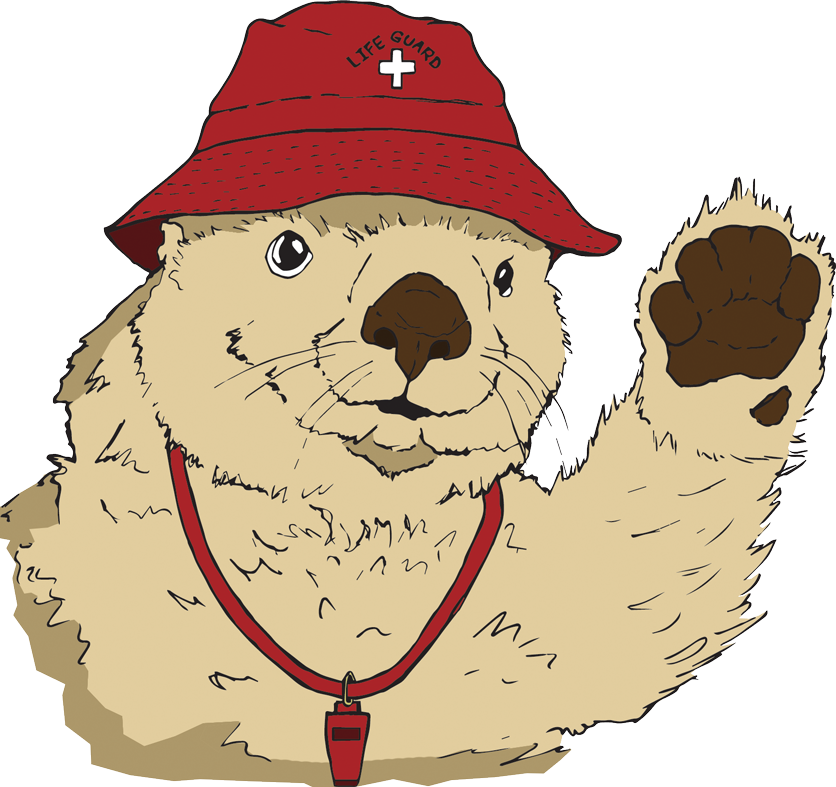
Let's Reuse!
Pete Otary is a professional sandcastle builder and he's come to Happy Ocean beach to build an amazing sandcastle! He also brought a picnic with him. The only thing he wants to leave behind is sand, so he's brought his lunch in reusable and compostable containers! Click or tap to open his tote bag and discover ways to use less plastic and reuse items to help keep our beaches and oceans clean!
To play again, click or tap on the logo!
A happy ocean is a clean ocean!
Wow! That Was a Lot of Information
Now you know how to pack a picnic using reusable and compostable items and you got to see Pete's sandcastle being built! Awesome!
Click or tap on the arrow to continue to the next scene, or use the map to choose a new location!

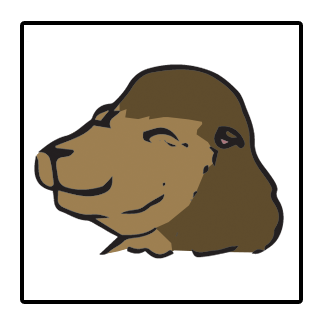
IDENTIFICATION CARD
Name: Pete Otary
Height: 8 ft.
Weight: 750 lbs.
Address: 1832 Mar Bermejo Road, Apt. #4
Pollution Threat: plastic strapping
Favorite Activity: building sandcastles
Favorite Food: fish burger

California Sea Lion
Scientific name: Zalophus californianus
Habitat: Southeast Alaska to Central Mexico
Diet: squid and fish
Lifespan: up to 20 years
Conservation Status: Least Concern
Threats from Ocean Plastics
Plastic in the ocean poses multiple threats to sea lions. They can become entangled in plastic packing bands, plastic bags, and fishing nets. Additionally, more plastic in the ocean has caused an increase in the frequency of algal blooms, which release a neurotoxin that harms and can even kill sea lions. Sea lions often inadvertently ingest plastic, especially food wrappers and six-pack rings, causing damage to their digestive systems and death. Plastic isn’t sea lion food, but it’s quickly becoming their main meal. Hopefully, it won’t be their last.
Fun Fact
Sea lions have whiskers that can detect prey underwater, even in total darkness!
Learn more about sea lions

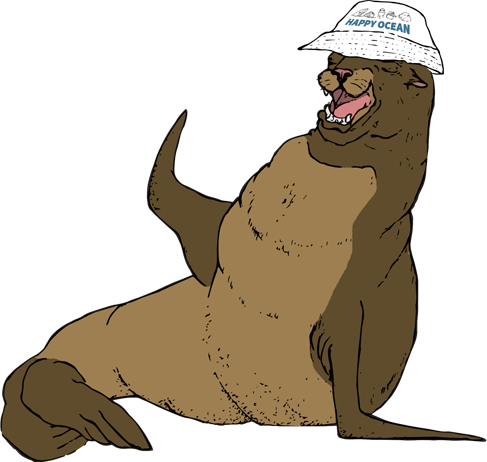



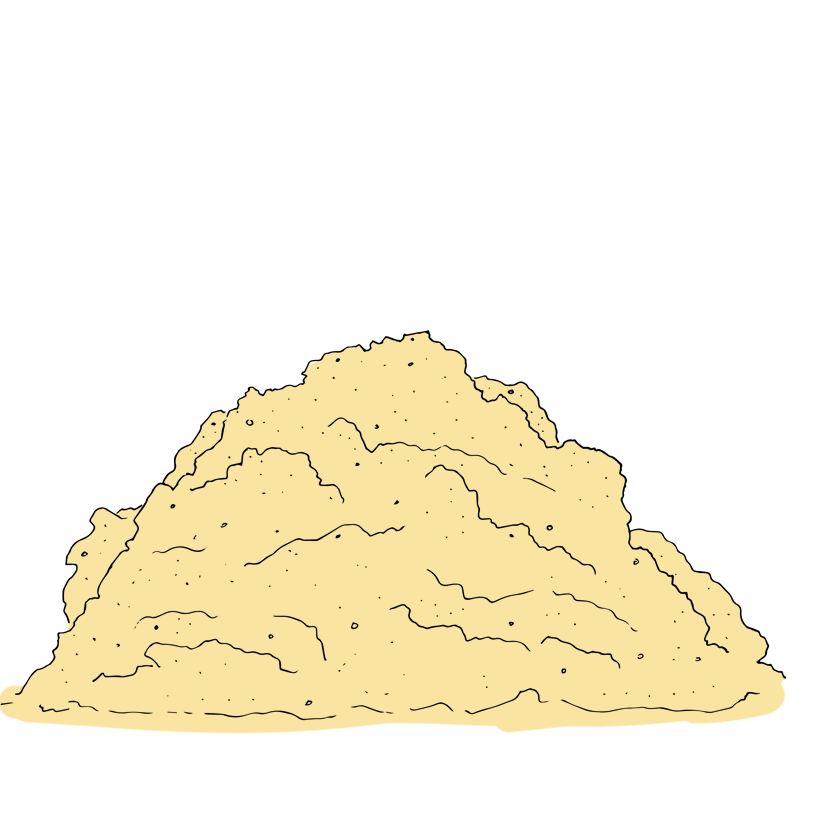
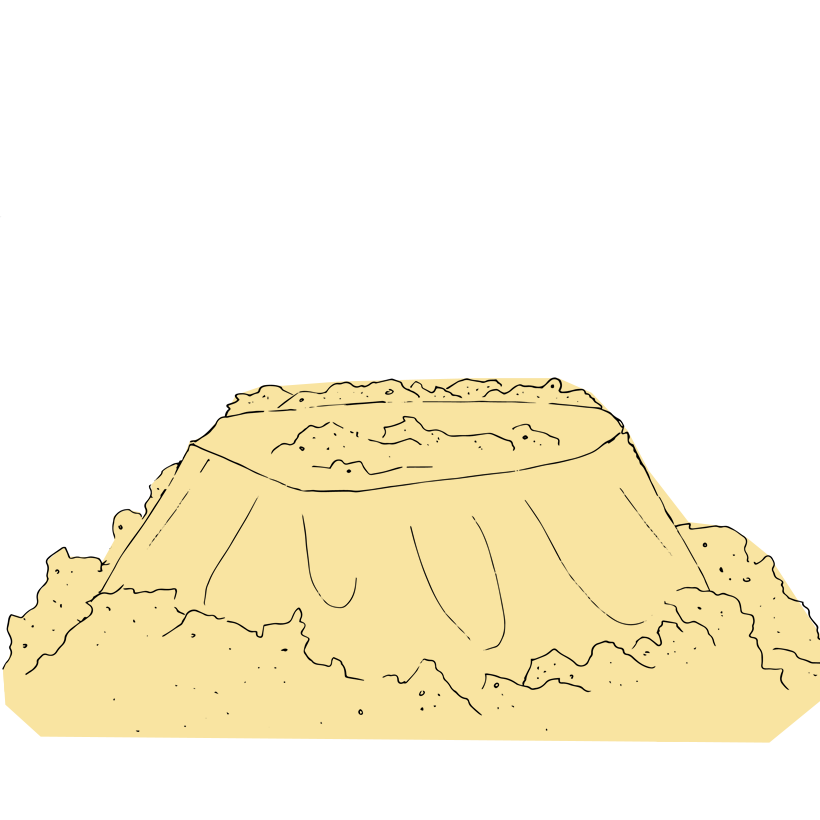
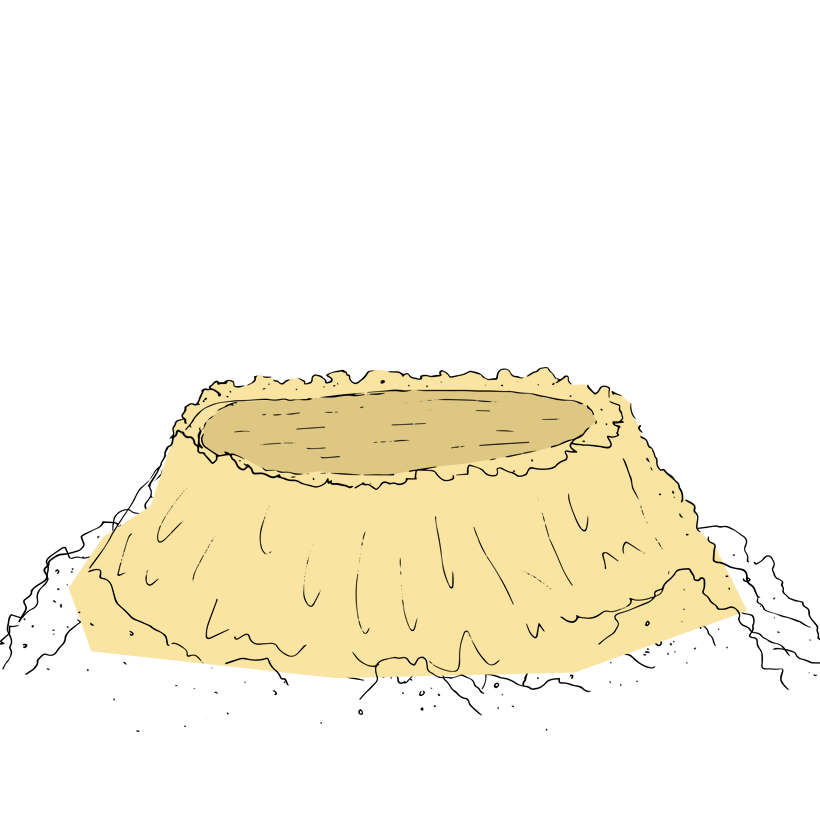
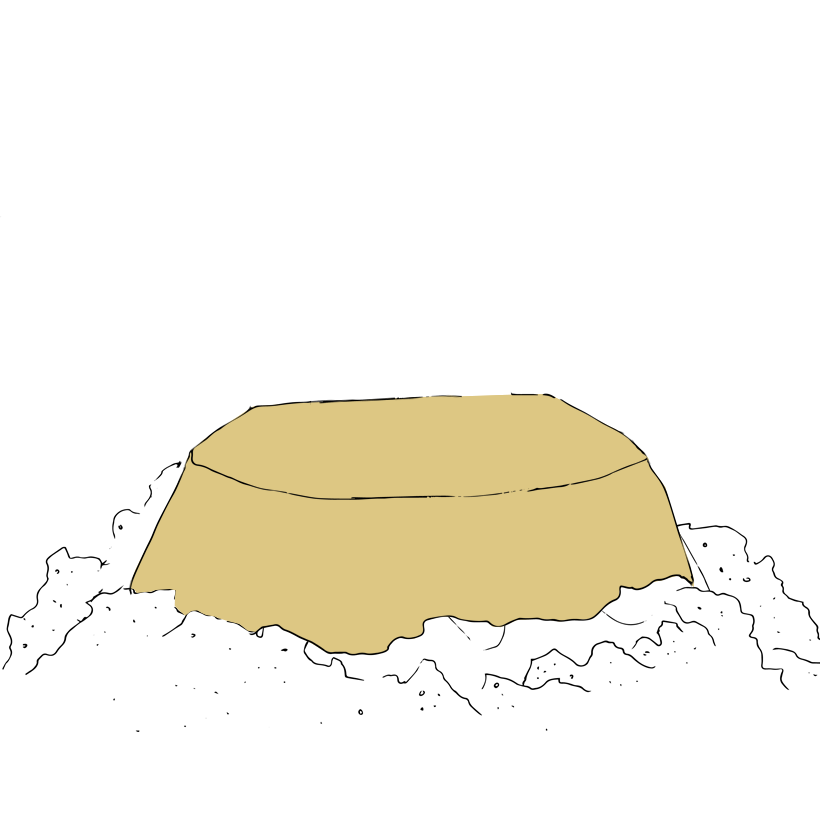
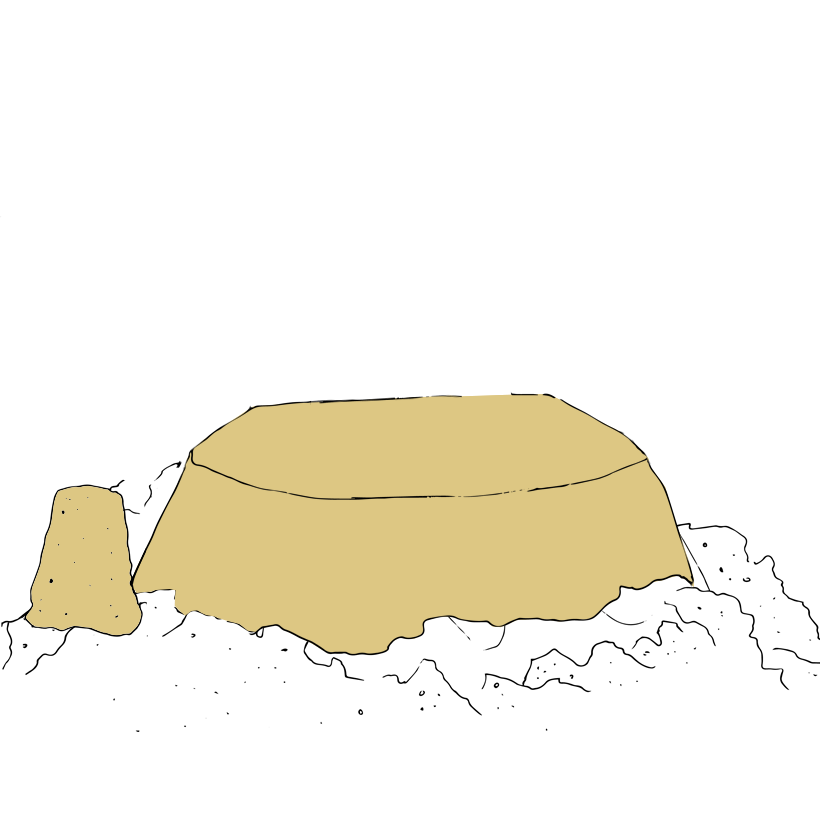


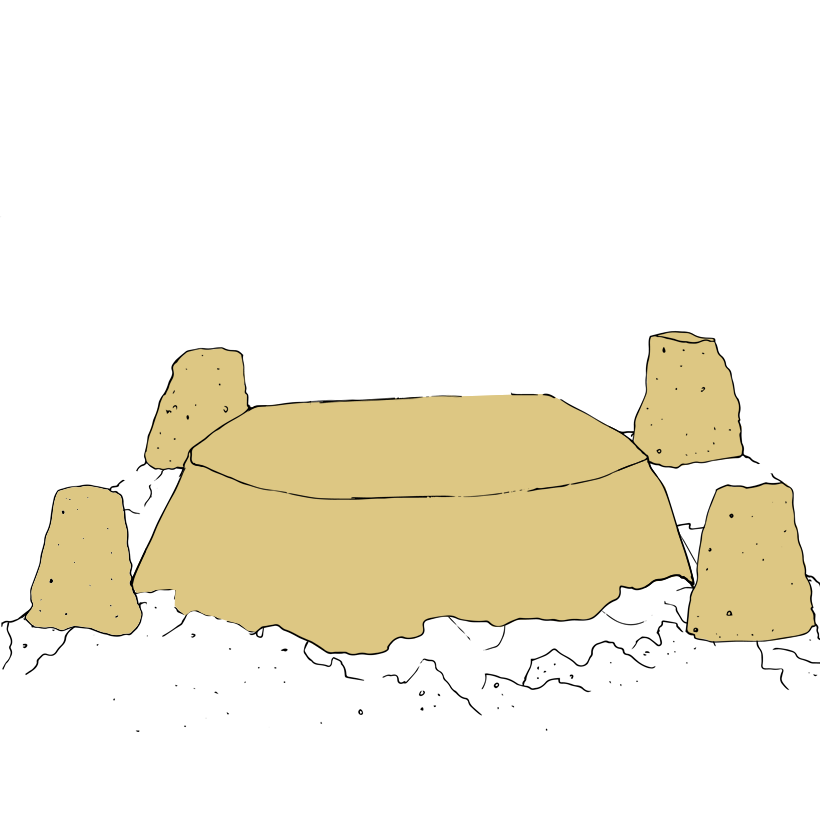
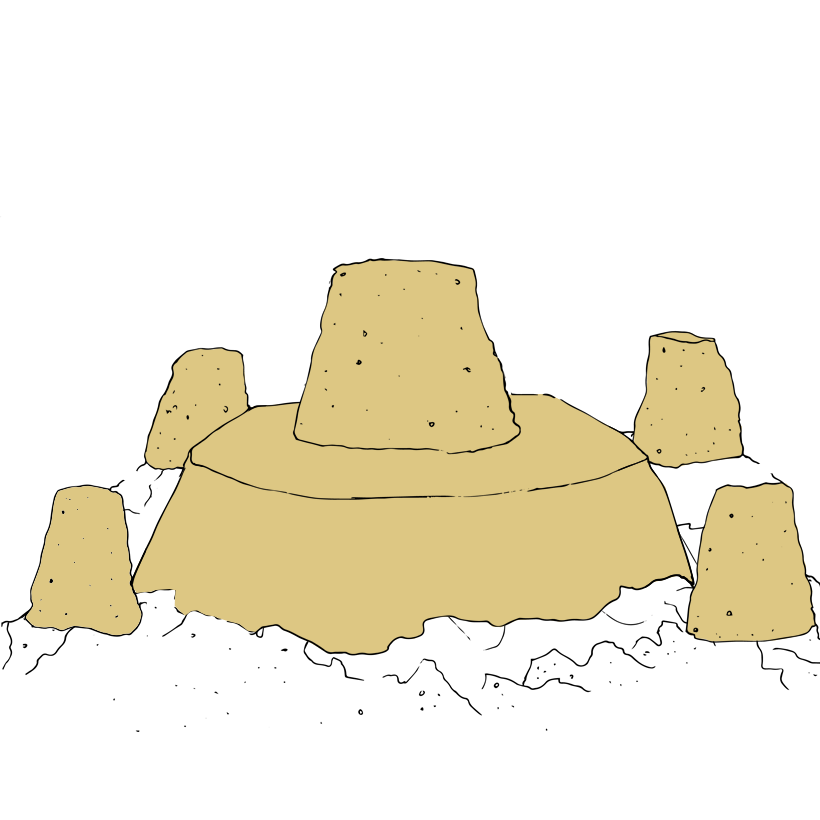
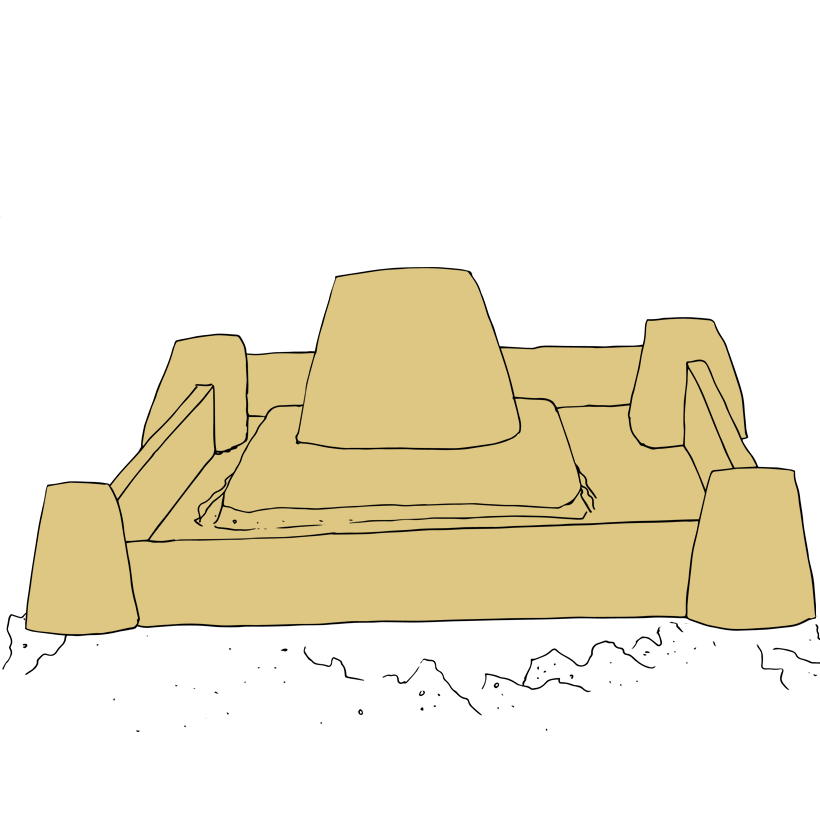
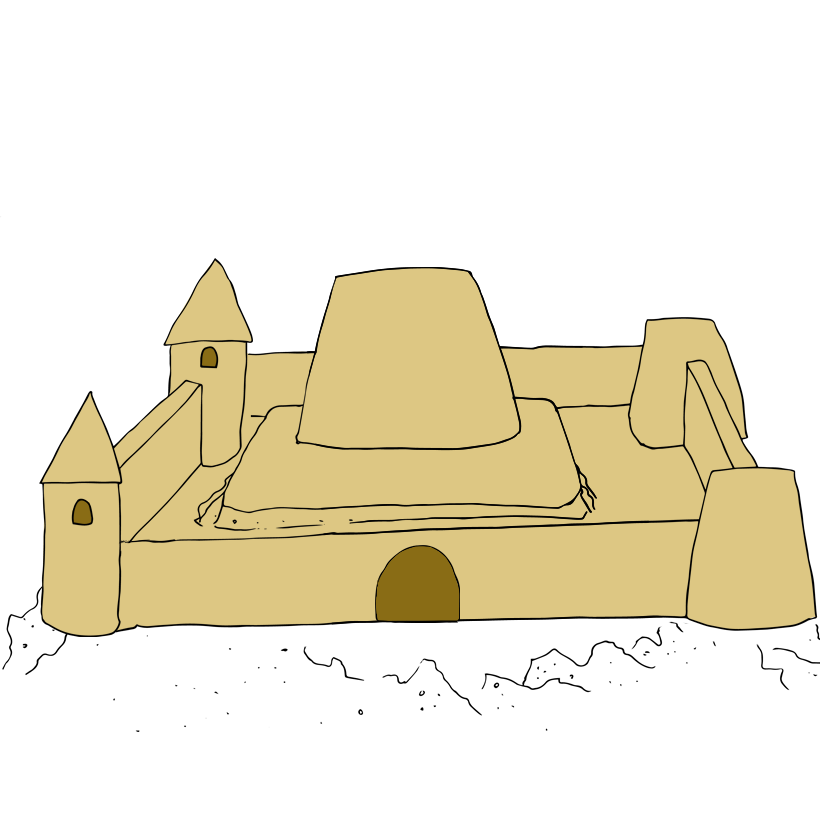

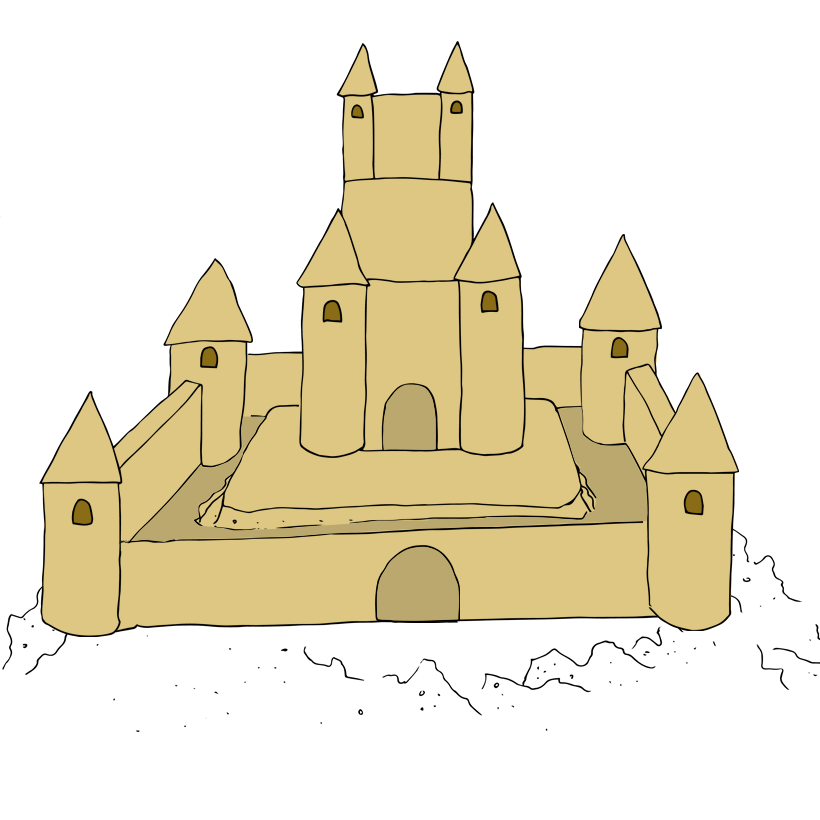
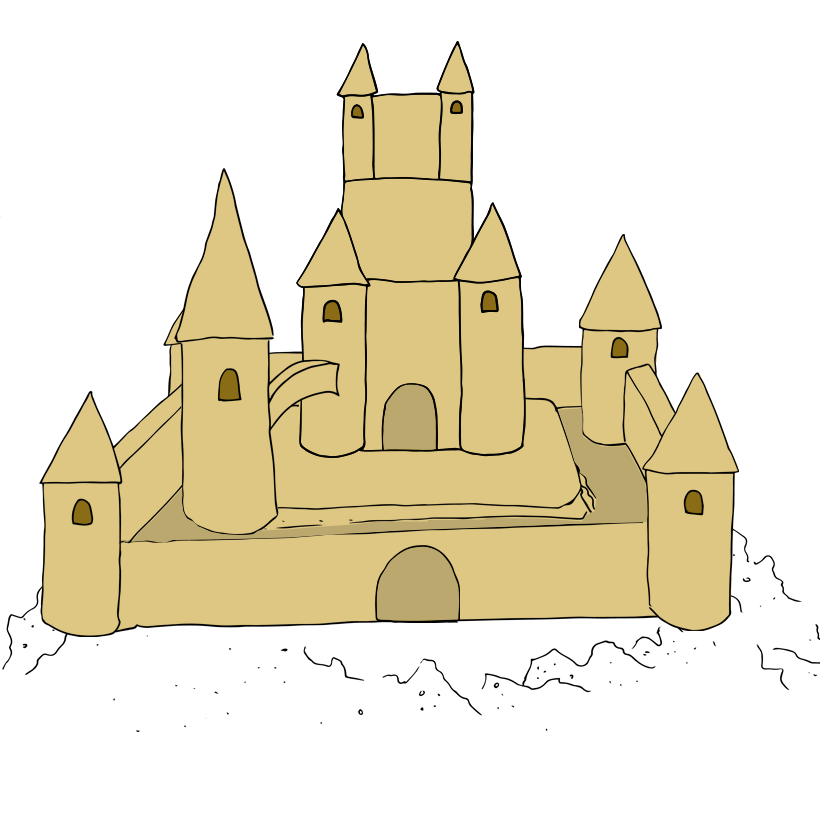
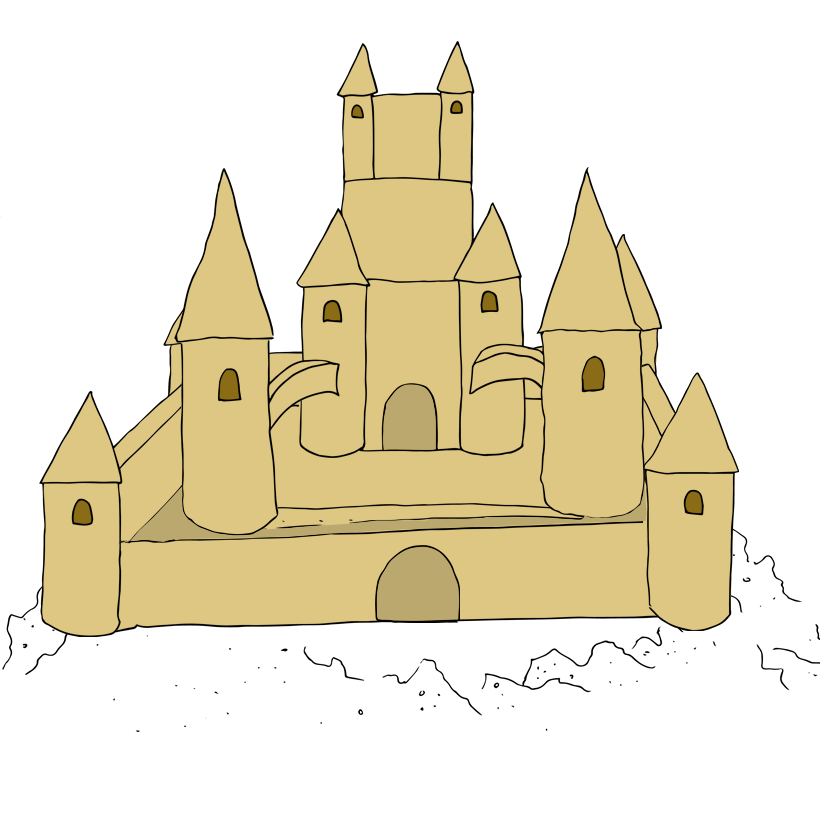
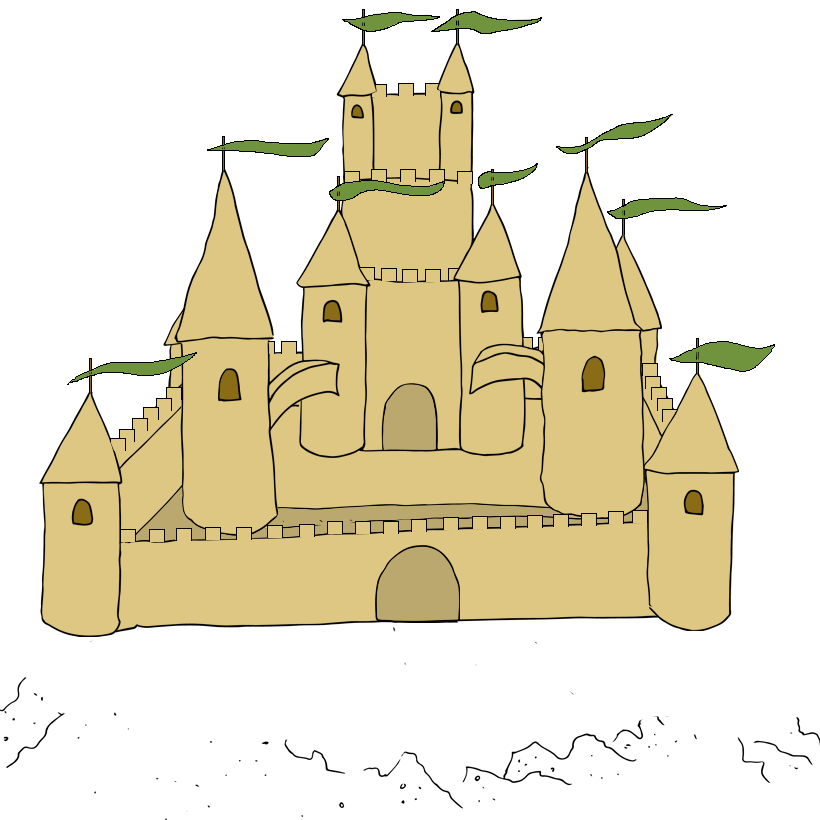
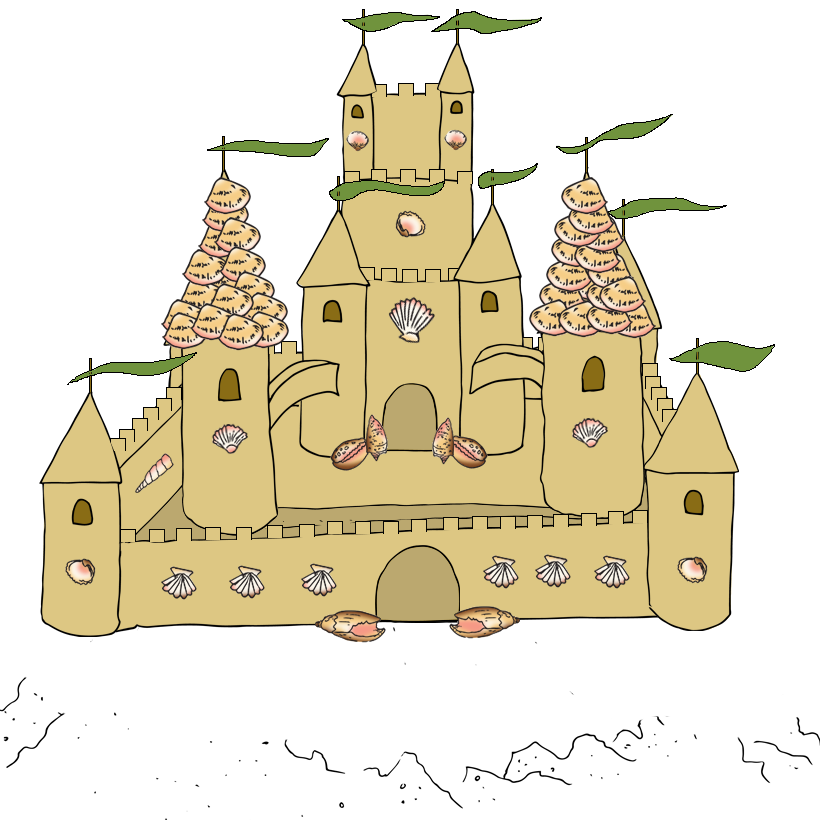
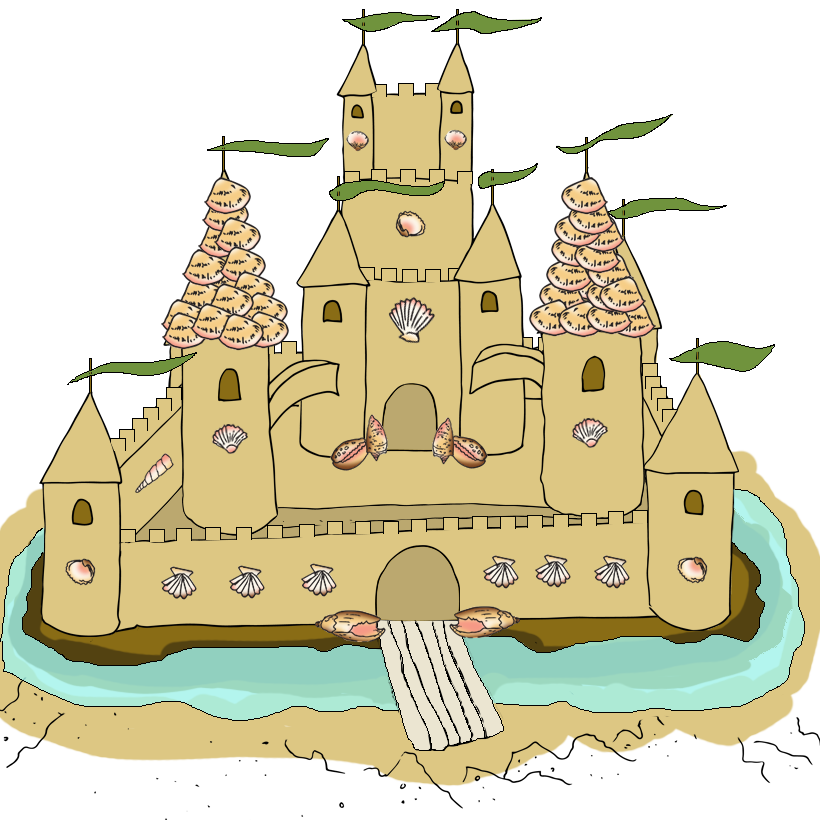
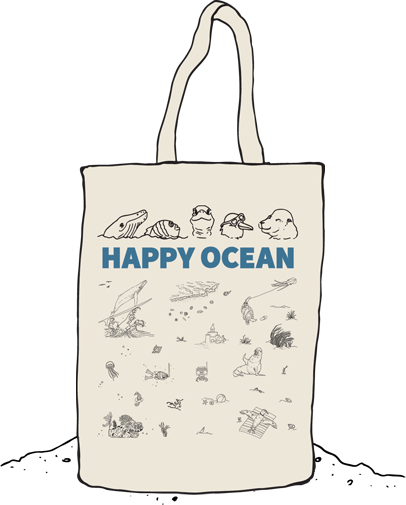
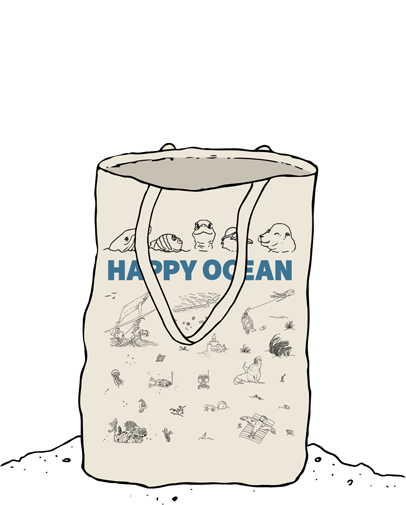
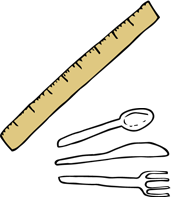
Reuse It!
Pete had some takeout the other night and decided to keep the plastic silverware to use for detail work on his sandcastle! He also brought his trusty wooden ruler for leveling.
Find out more about how to reuse plastic products on our resources page.
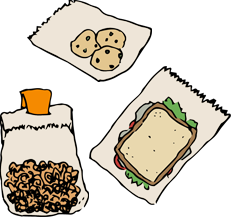
Waxed Paper Bags
Pete has brought his lunch in compostable waxed paper bags! His fish sandwich, squid chips, and kelp cookies will stay just as fresh and no plastic means less pollution in our ocean!
Find out more about how to reuse plastic products on our resources page.
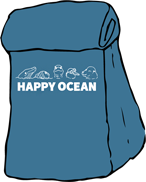
Lunchbag
Pete's got an insulated reusable Happy Ocean lunch bag to keep his fish sandwich nice and chilly. He's helping keep plastic out of the ocean by reusing this bag every day instead of relying on single-use plastic or paper bags.
Find out more about how to reuse plastic products on our resources page.
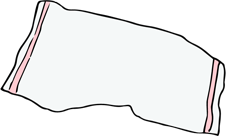
Reusable Towels
A napkin is always nice with a meal. Pete brings his own washable cloth napkin (well, it's really more of a towel!) so that he makes sure to minimize the garbage he creates with is picnic.
Find out more about how to reuse plastic products on our resources page.

BYOB: Bring Your Own Bottle!
Instead of buying disposable plastic bottles which can easily end up floating and breaking down in the ocean, Pete brings his own Happy Ocean aluminum bottle. The metal will help keep his water chilly, and because it's made from aluminum, he ever wants to get rid of it, he can always recycle it!
Find out more about how to reuse plastic products on our resources page.
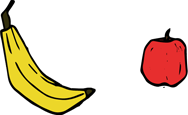
Fruit Snacks
By bringing snacks like fruit with him on his picnic, Pete ensures that the garbage he throws away will decompose natually. But, of course, he brings the core and peel home with him to place in his compost bin, leaving only sand at the beach.
Find out more about how to reuse plastic products on our resources page.
Now click on the bucket and shovel to watch the sandcastle being built!
